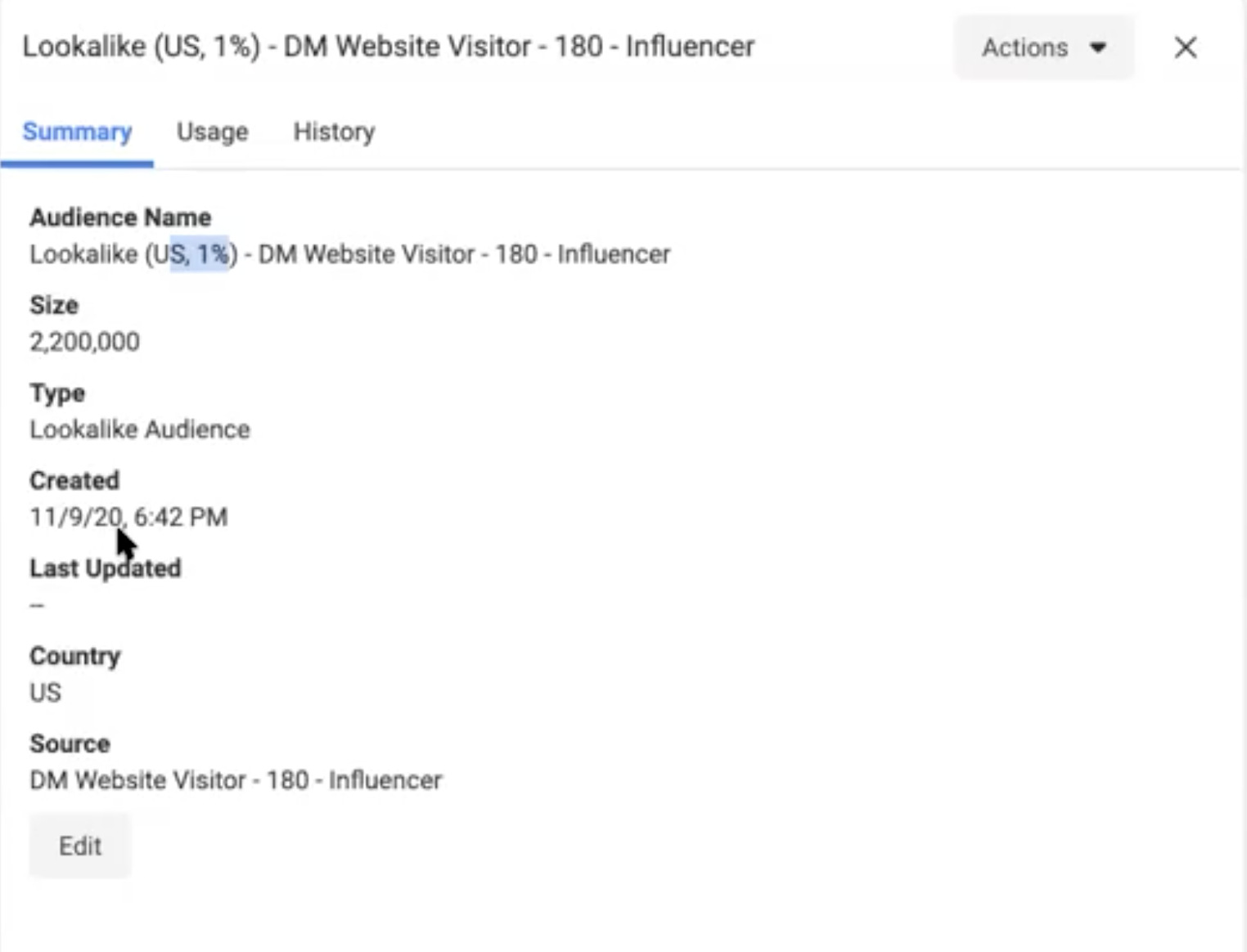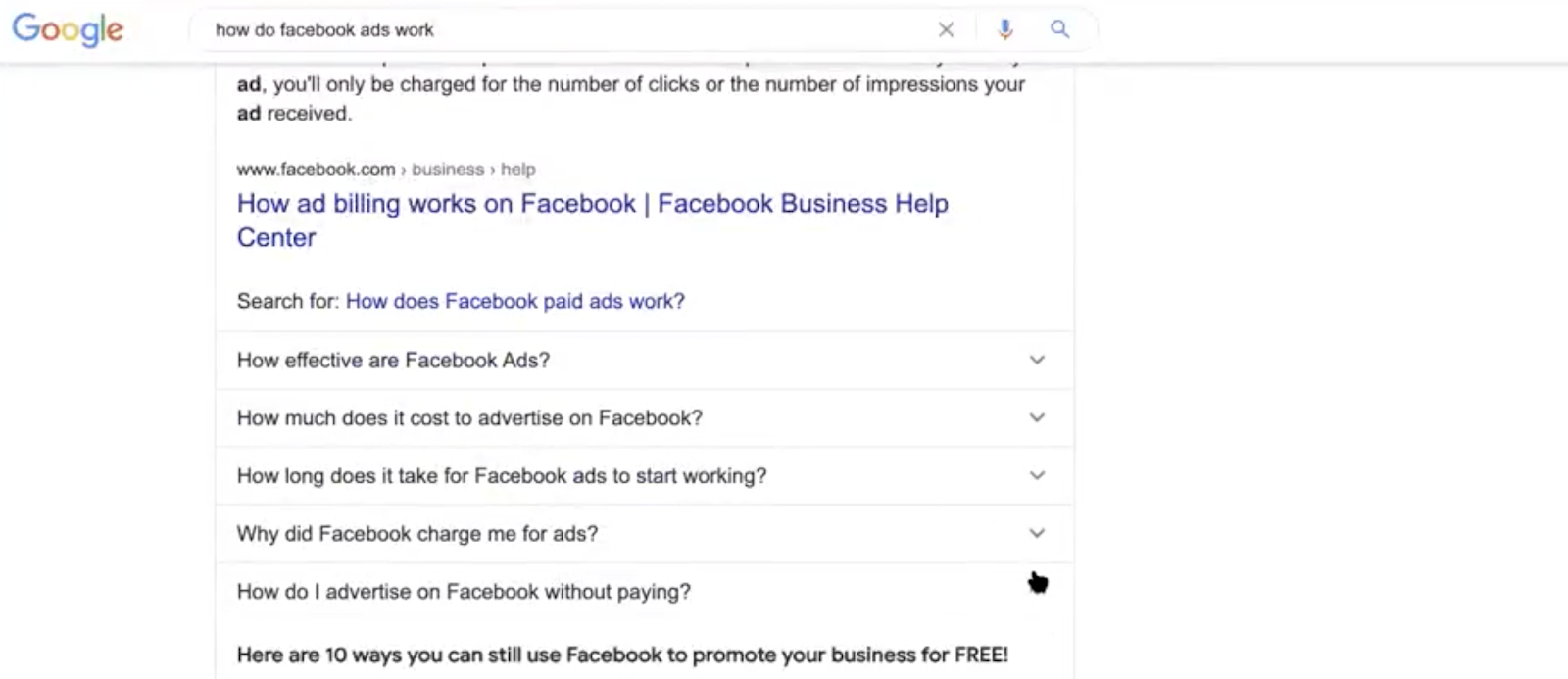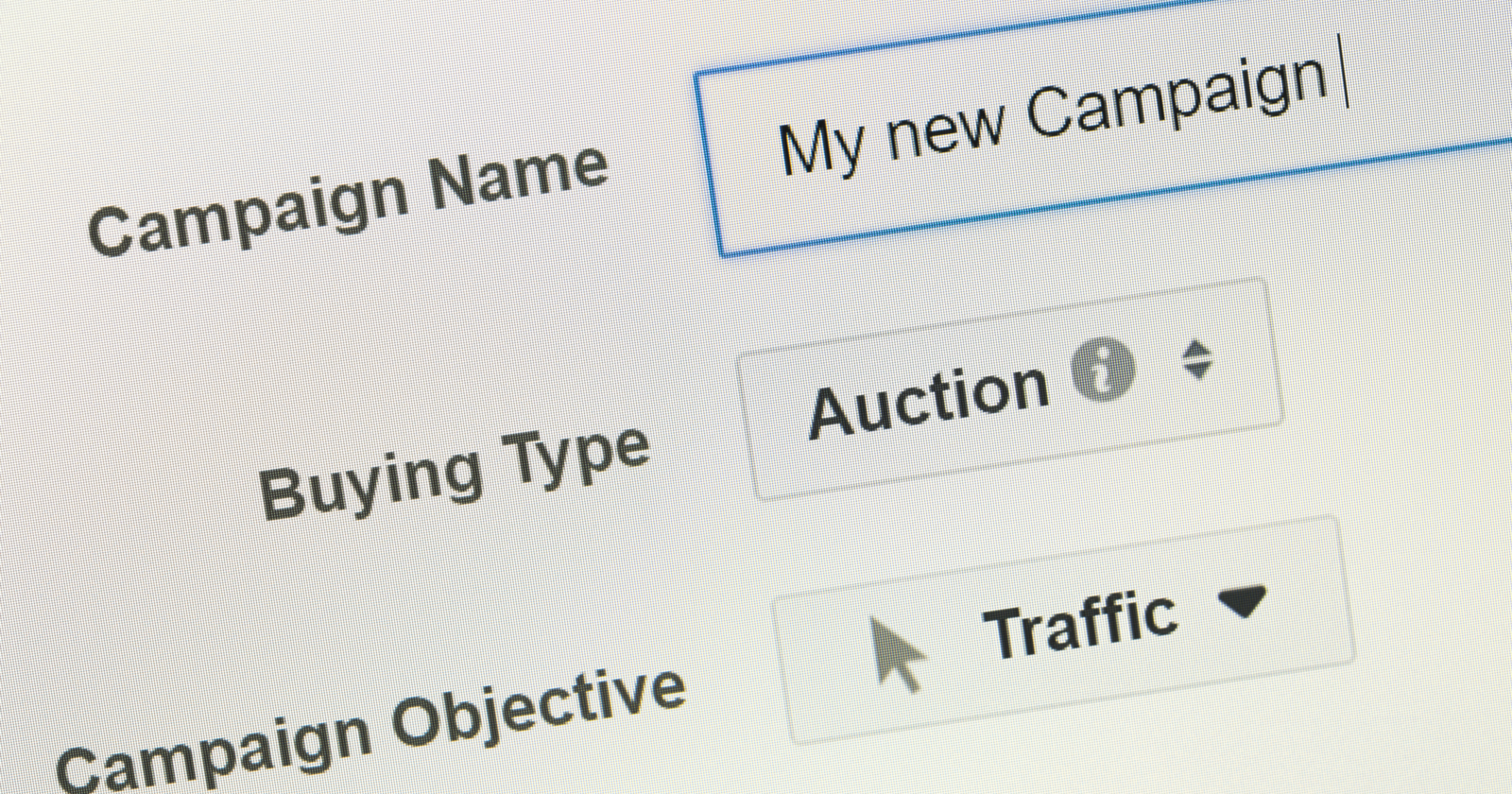Content marketing, when done right, can produce remarkable results for a business.
This is precisely why an increasing number of business owners focus on producing quality content to achieve their business goals.
But the thing is, not everyone is effective in their content marketing efforts.
You’re probably already investing a considerable amount of your time and energy into creating great content but aren’t getting the desired results.
One of the ways to get maximum impact from minimum effort is to use content marketing to seed lookalike audiences.
Regardless of what form of content you like to create for your audience, whether videos, blogs, or social media posts, you can use it as a seed to expand and grow your audience quickly by attracting more people that are just like your existing customers.
Without any doubt, your content shapes the way your audiences interact with your brand.
When you use blogging, videos, ads, or any other form of content to serve lookalike audiences, it increases the number of people who see and engage with your content or business.
This is how you can use your content diversely to build relationships with people who fit your definition of an ideal customer.
When you create a piece of content, think beyond a single touchpoint.
For example, if your website audience reads one of your blog posts, leaves, and then goes to social media, they can start seeing other pieces of your content which will create more opportunities for you to build relationships.
How Do Lookalike Audiences Work?
Big data helps business owners and advertisers learn about their customers more than they ever knew.
From preferences and interests to attitudes and hopes, smart social media platforms can tell us a lot about our customers.
For example, Facebook probably knows us better than we know ourselves.
Like other social media platforms, Facebook monitors thousands of digital touchpoints on users every time they browse through the platform.
It constantly monitors users’ behavior:
- How they like to interact with content.
- What kind of content they like or share.
- And a lot more.
This is how Facebook finds new audiences that are similar to your existing ones.
It gathers all sorts of data and behavior patterns to identify users that match your criteria.
Facebook tries to understand users’ behavior so that it could help advertisers build better advertising campaigns and reach their ideal target audience.
For example, when you create a new ad on Facebook, the platform asks you about your goals.
Do you want to drive traffic on your website or boost brand awareness?
You can choose from a variety of campaign objectives.

Lookalike Audiences is a great way to reach a cold audience beyond behavior targeting and interest.
Let’s say we want to show targeted ads to warm traffic such as website visitors, Facebook followers, or people on our email list.
The Facebook Lookalike Audience feature enables you to reach cold audiences that are like your warm audiences.
And it’s actually pretty easy to do.
You can set up a lookalike audience size anywhere from 1% to 10% based on how closely you want to match your base audience.
The 1% includes those that closely match your base audience.
If we talk about the U.S., that 1% is about 2 million people.
When you move toward 10%, the size of the audience increases but the matching becomes less effective.

Facebook uses sophisticated algorithms to study what people really do on social.
For example, data from social sites clearly reveals how much time people spend on social media, what kind of pages they like, how many links or ads they click, etc.
Google is good at finding people who search for specific things.
But, we need to think beyond this capability.
We want to take what we’ve learned from Google and ask Facebook to use its database and find more people that are just like our website visitors or blog readers.
That’s magical, isn’t it?
It’s magical because now you don’t have to serve your ads to blind people or cold audiences.
You can now show your ads to people that are just like those who have already been sent to your website or blog content by Google.
These are the people who went to Google and typed in a question that landed them on your website.
3 Steps to Use Your Content Marketing to Seed Your Lookalike Audiences
You can follow a systematic 3-step process to use your existing content marketing efforts to seed your lookalike audiences.
Here’s an easy 3-step process on how it works.
1. Create a Blog Post or Topic Cluster
First, you need to create a blog post, a series of blog posts, or a topic cluster that is addressed to a specific topic.
You probably already have many blog posts written and published on your website.
Previously, you were creating blogs to improve your search ranking or to educate your audience on something.
Now, you have to achieve an additional goal which is about identifying people who engage with your content.
2. Get Traffic to That Content
Needless to mention that you need great content to attract quality traffic to your website.
When creating blog content, make sure to create multiple posts around a topic so that you can create specific groups of website visitors based on what they like to read.
Once you get readers on your blog posts that is when you can move into the next step.
You want to have at least a few hundred or 1,000 people read it first.
3. Launch a Lookalike Audience
After you have traffic to your content, use those people as a seed audience, and then go into Facebook and launch a lookalike audience on social media to expose it to more of your ideal people.
This is how you can use your remarketing audiences to seed your lookalike audiences within social media to find more new people.
This is a shortcut to attract more ideal people to your business fast.
It’s a way to constantly grow your audience 365 days a year.
Let me walk you through the entire process to further explain what I am talking about:
Let’s say we have a series of blog posts that talk about influencers.
Here is an example of a topic cluster on the keyword and topic “influencer.”

Once it’s decided what topic cluster or blog we are going to use, we go to Facebook and create an audience of people who visited our pages that has the word influencer in it.
Here’s an example to show how to do this:
When someone visits any of our webpages or blog posts about influencer marketing, we can assume that they’re into influencer marketing because they came through Google trying to find some information about the subject.
For this specific example, they visited any of the pages on our website that were listed in the image above.
They would have searched Google for any of the phrases or keywords similar to one of our pages we’ve listed:
- What is an Instagram influencer?
- How many followers do you need to be an influencer?
- How to become a social media influencer?
- What is influencer marketing?
- How much does influencer marketing cost?
- Does influencer marketing work?
- How to measure influencer marketing

We take those specific page visitors and tell Facebook to create a lookalike audience of those people, which finds us the 2.2 million people in the United States, people that closely resemble our organic traffic.

And you take that lookalike audience run Facebook ads to that specific audience on social media.
So when your content team, your organic search team writes great content that gets you more organic search traffic.
You use that blog post, series of blogs, or topic cluster to launch a lookalike audience on social media to expose your blog content to more of your ideal people.
This entire process will allow you to engage with highly targeted audiences on Facebook.
You repeat the process over and over.
You Can Target Specific Actions
Small businesses often don’t have enough website traffic to target people by page views.
However, in some cases, you don’t have to target all of your website visitors.
Let’s say you want to grab the attention of people who attended your webinar lately because whatever you’re selling is directly related to that webinar.
So, instead of remarketing to all of your website traffic, you can target specific page visits or a landing page that hosts the webinar.
It’s advisable to provide current customer information.
You can add date range parameters when creating a custom audience with Facebook data.
For example, you may want to target your most recent website visitors.
Why Lookalike Audiences Are Important to Any Business
Facebook leverages its massive user data to help you target the people you otherwise wouldn’t be able to reach.
Most importantly, targeting lookalike audiences will optimize your ad spend and overall lower your customer acquisition cost.
Since I have already demonstrated how creating a bunch of blog posts on one topic can amplify your credibility and rankings in the search engines, I want to go over why that is important and how to do that.
The Importance of a Topic Cluster in Content Marketing
If you’re a business coach who helps entrepreneurs build successful startups, you can write blog posts on a variety of things such as branding, budgeting, risk analysis, fundraising, etc.
When you create a topic cluster, you take one subtopic and write multiple pieces of content around it.
The purpose of blogging is to resolve a specific set of problems your audiences are facing.
You can easily find the questions your audience is asking and then create blog posts to address those questions.
Your prospective customers are using some specific keyword or search terms to find solutions that are related to your business.
For example, a lot of people want to know “how many followers they need to be an influencer.”
You can use platforms like Ahrefs to learn how many people are searching for specific keywords and questions on Google.
So once we found a relevant topic to our business with high search traffic, we created a blog post answering this question in great detail.
You can do the same and create relevant helpful content.
This is how you attract traffic that has something to do with your business and, eventually, take that traffic to Facebook to further show them your ads.
Creating topic clusters also helps you get higher rankings in Google and build authority on specific topics and keywords making you the leading resource on the topic.
Here is an example:
Here’s what happens when you go to Google and type in “how do Facebook ads work.”
Google comes up with frequently asked questions on this topic:

Or, here’s what Google shows when we type in “how do Facebook”:

Pick some of those questions that are related to your brand and create content around them.
For example, you should write one blog post that solely answers each one of these questions.
This is one of the quickest and cheapest ways to figure out what your business should be writing content on.
If you ever run out of questions or content to create for your audience this is one of my favorite ways to come up with fun ideas.
Remember Message Audience Alignment Is Key
Your content will not create an impact if your message is not aligned with what your audience is looking for.
Therefore, make sure to align your content marketing with your audience goals.
Here are some suggestions to
- Build your messaging with purpose and tune it for relevance to your audience.
- Delve into the mindset of your audience.
- Get insights into what triggers your audience.
- Talk to your customers directly to know what they care about.
And Size Matters…
Another important element to consider here is the size of your Facebook audience.
How broad or specific your Facebook audience should be so that you could target the right people to create the right impact without spending tons of money on advertising.
When targeting your Facebook audiences, take into account your budget constraints.
In other words, set an audience that your budget can actually reach.
It would take a lot of money to show your ad to 2 million people and impact them the way you are intending.
You have to be very specific with these audiences if you want to boost conversions.
Use your website visitors as a seed audience.
Your website visitors are those who have already shown some interest in your products or services.
So, getting them to visit your Facebook ads would be much easier than struggling to convince new people who don’t know anything about your business.
Conclusion
Content is a phenomenal tool that can help you in so many unique ways.
All you have to do is create the right message and show it to the right people and at the right time.
If you do so, you can use your content marketing efforts to seed your Facebook Lookalike Audiences and keep getting new customers.
More Resources:
- How to Use Facebook to Learn More About Your Audience
- 4 Ways to Improve Your Content with Social Media
- Content Marketing: The Ultimate Beginner’s Guide to What Works
Image Credits
All screenshots taken by author, December 2020





![AI Overviews: We Reverse-Engineered Them So You Don't Have To [+ What You Need To Do Next]](https://www.searchenginejournal.com/wp-content/uploads/2025/04/sidebar1x-455.png)